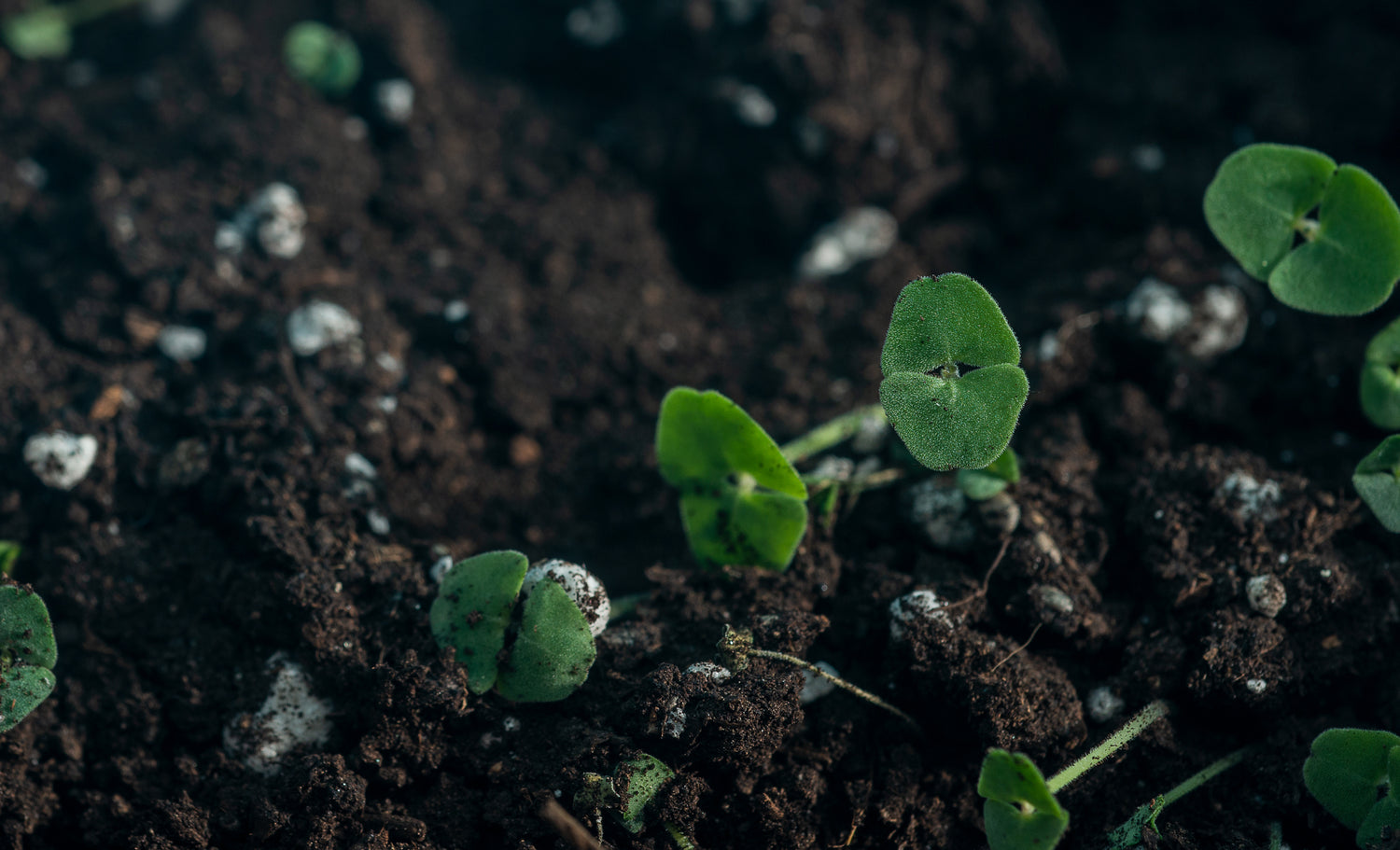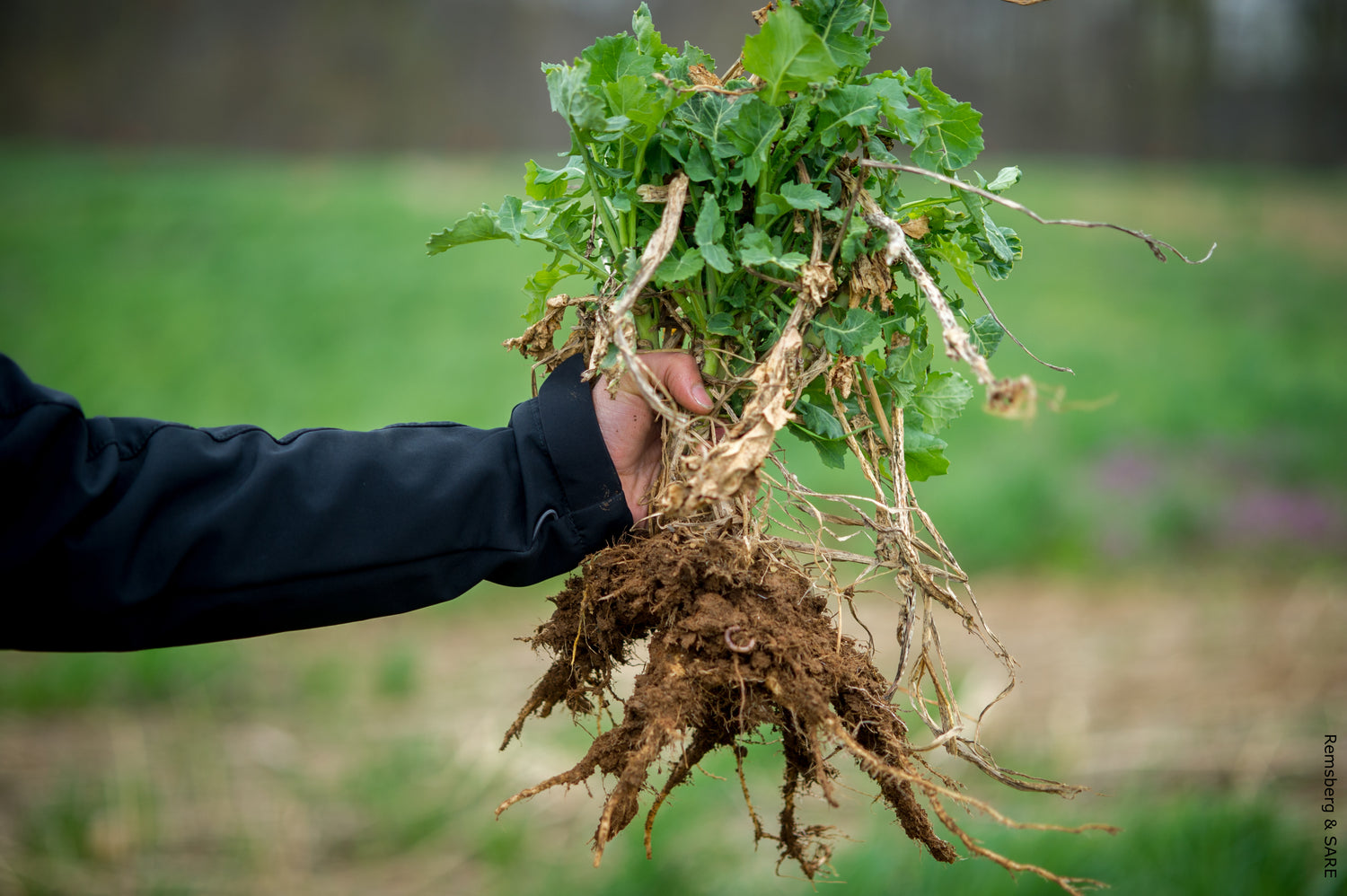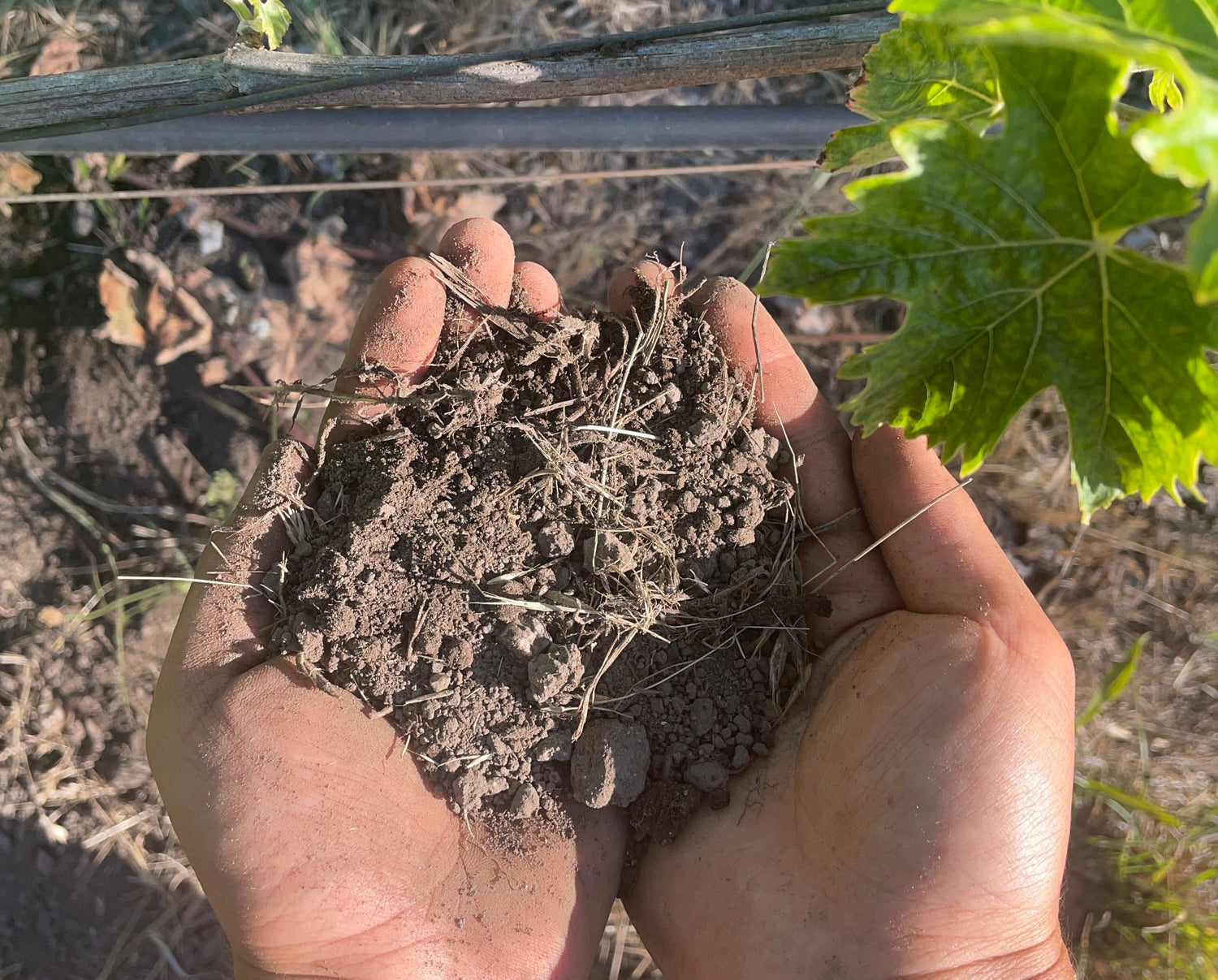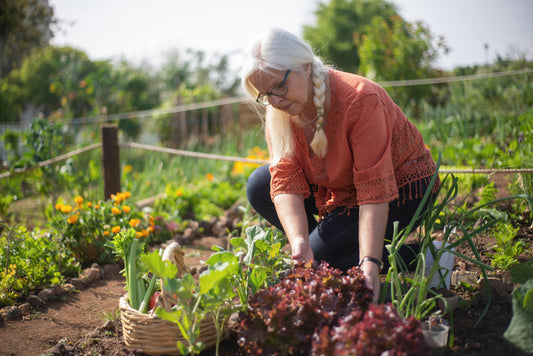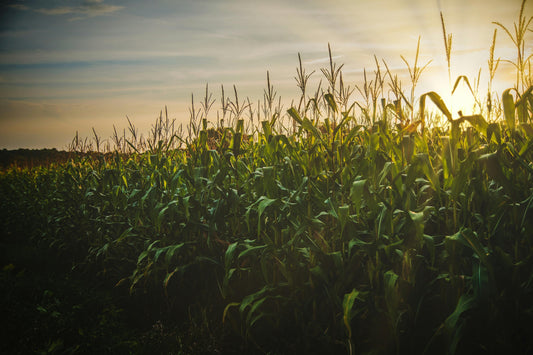Tucson's location in the heart of the Sonoran Desert creates unique soil challenges shaped by extreme heat, minimal rainfall, and geological processes that have formed distinctive hardpan layers and mineral-rich substrates. These desert soils require specialized understanding and management approaches to support successful gardening, landscaping, and sustainable development in Arizona's arid environment.
Tucson's soils are characterized by caliche hardpan layers, low organic matter content, alkaline pH, and minimal water retention, requiring specialized techniques like mechanical caliche removal, organic matter enhancement, and careful plant selection for successful cultivation.
Tucson Soil Guide: Understanding Desert Soil Challenges and Solutions
The Sonoran Desert Soil Environment
Tucson sits within the Sonoran Desert, where extreme climate conditions and geological processes have created distinctive soil characteristics over thousands of years. The region receives only 10-12 inches of annual rainfall, concentrated primarily during summer monsoon seasons and mild winter storms.
According to the USDA Natural Resources Conservation Service, Tucson's soils formed from alluvial deposits, weathered bedrock, and volcanic materials transported from surrounding mountain ranges. The Basin and Range geological province contributes to the varied soil landscape, from deep valley fill to shallow mountain soils.
The extreme heat and limited precipitation create soil conditions dominated by mineral accumulation rather than organic matter development, fundamentally different from soils in more humid climates.
Primary Soil Types and Characteristics
Tucson's soil landscape includes several distinct types, each presenting unique challenges and opportunities for land use and management.
Aridisols: The Dominant Desert Soils
Aridisols represent the most common soil order in the Tucson area, formed under arid conditions with limited leaching and organic matter accumulation. These soils typically feature sandy to gravelly textures with low fertility and minimal water-holding capacity.
The USDA Soil Taxonomy classifies most of Tucson's undisturbed desert areas as Aridisols, characterized by horizons of carbonate and salt accumulation. These soils support native desert vegetation like saguaro cacti, palo verde trees, and creosote bush that have adapted to low-nutrient, well-drained conditions.
Aridisols generally drain rapidly, preventing waterlogging but also limiting water availability for non-adapted plants. Their low organic matter content typically ranges from less than one percent, contributing to poor soil structure and limited nutrient retention.
Caliche: The Hardpan Challenge
Caliche represents one of Tucson's most distinctive and challenging soil features. This cemented layer forms when calcium carbonate precipitates and hardens into an impermeable barrier, often occurring within several feet of the surface.
The University of Arizona Cooperative Extension describes caliche as varying in thickness from a few inches to several feet, creating significant obstacles for root penetration and water infiltration. This hardpan can completely prevent normal garden development without mechanical intervention.
Caliche formation results from the desert's mineral-rich groundwater and limited rainfall that allows carbonates to concentrate and cement soil particles together. The resulting layer can be concrete-hard and requires specialized equipment to break through.
Desert Pavement and Surface Crusts
Many areas around Tucson feature desert pavement, where wind and water have removed fine particles, leaving behind a protective layer of stones and gravel. This natural armor protects underlying soil from erosion but indicates extremely low fertility conditions.
Surface crusting also occurs in fine-textured soils where intense rainfall creates sealed surfaces that shed water rather than absorbing it. These crusts can significantly affect water infiltration and seedling emergence in both natural and cultivated areas.
Understanding these surface conditions helps explain why many desert plants have evolved specialized root systems and why conventional gardening approaches often fail in unmodified desert soils.
Alluvial Soils in Washes and Valleys
Tucson's numerous washes and broader valleys contain alluvial soils deposited by periodic flooding. These soils often provide the best natural growing conditions in the desert environment, with deeper profiles and higher fertility than surrounding upland areas.
However, these areas also present flood risks and may have highly variable soil conditions depending on the source materials and deposition patterns. Some alluvial areas may still contain caliche layers or have other limitations that affect their suitability for cultivation.
The seasonal nature of water flow in these areas creates unique moisture patterns that support different plant communities than the surrounding desert uplands.
Chemical and Physical Properties
Tucson's desert soils typically exhibit alkaline pH levels, often ranging from 7.5 to 8.5 or higher. This alkalinity results from the arid climate's limited leaching and the accumulation of calcium and magnesium carbonates.
According to the University of Arizona, the high pH significantly affects nutrient availability, particularly for iron, manganese, and phosphorus. Many plants adapted to acidic or neutral soils develop nutrient deficiencies when grown in Tucson's alkaline conditions.
Salt accumulation also occurs in many areas, particularly in low-lying locations where evaporation concentrates dissolved minerals. These saline conditions further limit plant options and require careful management in irrigated areas.
Soil Testing and Assessment
Professional soil testing becomes particularly important in Tucson's variable soil conditions. Basic tests should include pH, electrical conductivity for salt levels, and texture analysis to understand drainage characteristics.
Caliche detection requires physical exploration beyond standard soil sampling. Test holes dug to three or four feet help identify the depth and thickness of hardpan layers, crucial information for planning garden installations or landscape modifications.
The University of Arizona Soil, Water and Plant Testing Laboratory provides comprehensive analysis services calibrated for local soil conditions and common management challenges.
Managing Caliche and Hardpan Issues
Caliche management represents the primary soil challenge for most Tucson gardeners and landscapers. Several approaches can address this hardpan barrier, depending on the specific site conditions and intended land use.
Mechanical breaking using jackhammers, pickaxes, or specialized equipment can create openings for root penetration and water infiltration. This approach works best when the caliche layer is relatively thin and the underlying soil provides adequate drainage.
Raised bed construction offers an alternative that avoids the need to break through caliche. Building soil above the hardpan creates a growing medium for plants while allowing natural drainage patterns to continue.
Container gardening provides complete control over soil conditions and works well for small-scale cultivation where caliche or other soil limitations make in-ground planting impractical.
Organic Matter and Soil Improvement
Building organic matter in desert soils requires patience and consistent effort due to the rapid decomposition rates in hot, dry conditions. Compost additions help improve soil structure and water retention, but frequent applications are necessary to maintain benefits.
Mulching becomes particularly important in Tucson's intense sun and heat. Organic mulches help moderate soil temperature, reduce evaporation, and gradually contribute organic matter as they decompose.
However, organic matter applications must be balanced against fire risk and pest habitat considerations. Some organic materials may attract unwanted insects or create fire hazards during dry periods.
Water Management and Irrigation
Water management in Tucson soils requires understanding both the rapid drainage of sandy soils and the impermeability of caliche layers. Drip irrigation systems work well for providing slow, deep watering that penetrates soil without waste.
Tucson Water promotes xeriscaping and water-efficient landscaping that works with natural soil conditions rather than trying to completely modify them. These approaches typically prove more sustainable and cost-effective than intensive soil modification.
Rainwater harvesting can supplement irrigation while taking advantage of the natural drainage patterns created by Tucson's soil and topography. Simple berms and basins can direct precious rainfall to planted areas.
Plant Selection for Desert Soils
Successful gardening in Tucson relies heavily on selecting plants adapted to local soil conditions rather than trying to modify soils to accommodate non-adapted species. Native Sonoran Desert plants have evolved specifically for these challenging conditions.
The Arizona Native Plant Society provides extensive resources for selecting appropriate species for different soil types and microclimates throughout the Tucson area. These plants typically require minimal soil modification and reduced water inputs once established.
Many Mediterranean climate plants also adapt well to Tucson's alkaline, well-drained soils, expanding options for both edible and ornamental gardening. These species often tolerate drought and heat while providing productive harvests or attractive landscapes.
Urban Soil Challenges
Urban development in Tucson creates additional soil challenges beyond the natural desert conditions. Construction activities often compact soils severely, while imported fill materials may have unknown characteristics or contamination issues.
Soil compaction becomes particularly problematic in heavy clay soils or areas where caliche has been mechanically disturbed and then compressed. These conditions can prevent both water infiltration and root penetration.
Urban heat island effects intensify the already extreme soil temperature conditions, requiring additional protection and modification strategies for successful plant establishment and maintenance.
Erosion Control and Soil Conservation
Tucson's intense but infrequent rainfall creates significant erosion risks, particularly on disturbed soils or steep slopes. Desert pavement and vegetation provide natural erosion protection that requires careful preservation during development.
Disturbed areas need prompt stabilization to prevent severe erosion during monsoon seasons. Native grass seeding or rock mulching can provide temporary protection while permanent vegetation establishes.
The Pima County Regional Flood Control District provides guidance on erosion control methods appropriate for local soil and climate conditions, particularly important given the area's flash flood potential.
Sustainable Desert Landscaping
Sustainable landscaping in Tucson emphasizes working with existing soil conditions rather than extensively modifying them. This approach typically proves more economical and environmentally sound than attempts to create conventional garden conditions.
Native plant communities provide models for successful plant combinations that thrive in local soil conditions. These associations have developed over thousands of years and offer proven strategies for desert cultivation.
Green infrastructure approaches can address both landscaping and stormwater management goals while respecting natural soil characteristics and drainage patterns.
Professional Resources and Support
The University of Arizona Cooperative Extension offers research-based information and educational programs specifically for desert gardening and soil management. Their publications address the unique challenges of Sonoran Desert conditions.
Master Gardener programs provide volunteer expertise and often maintain demonstration gardens showcasing successful techniques for local soil and climate conditions. These programs offer valuable hands-on learning opportunities for Tucson area residents.
Local landscape professionals familiar with desert conditions can provide expertise for larger projects requiring specialized equipment or extensive soil modification.
Climate Adaptation and Future Considerations
Climate change projections suggest increasing temperatures and changing precipitation patterns that may affect Tucson's already challenging soil conditions. Adaptation strategies focus on building soil resilience and water conservation.
Soil health practices that increase organic matter and improve water retention become increasingly important as conditions become more extreme. These improvements help soils better withstand drought and temperature stress.
Long-term planning should consider both current soil limitations and projected climate changes when making landscape and garden investments.
Conclusion
Tucson's desert soils present unique challenges that require specialized knowledge and adapted management strategies. Understanding caliche formation, working with alkaline conditions, and selecting appropriate plants enables successful gardening and landscaping despite these limitations. Through proper assessment, targeted improvements, and realistic expectations, Tucson's distinctive soils can support beautiful and productive landscapes that complement the natural desert environment.
Sources
- USDA Natural Resources Conservation Service. Web Soil Survey - Arizona. https://websoilsurvey.sc.egov.usda.gov/
- University of Arizona Cooperative Extension. Desert Gardening Resources. https://extension.arizona.edu/gardening
- University of Arizona Soil, Water and Plant Testing Laboratory. https://cals.arizona.edu/swes/extension/soil-water-plant-testing-lab
- Arizona Native Plant Society. Desert Plant Resources. https://aznps.com/
- Tucson Water. Water-Wise Landscaping Guide. https://www.tucsonaz.gov/water/conservation-rebates
- Pima County Regional Flood Control District. Erosion Control Guidelines. https://webcms.pima.gov/government/regional_flood_control_district/
- USDA NRCS. Soil Health in Arid Environments. https://www.nrcs.usda.gov/conservation/soil-health/
- Arizona Department of Agriculture. Soil Conservation Programs. https://agriculture.az.gov/







